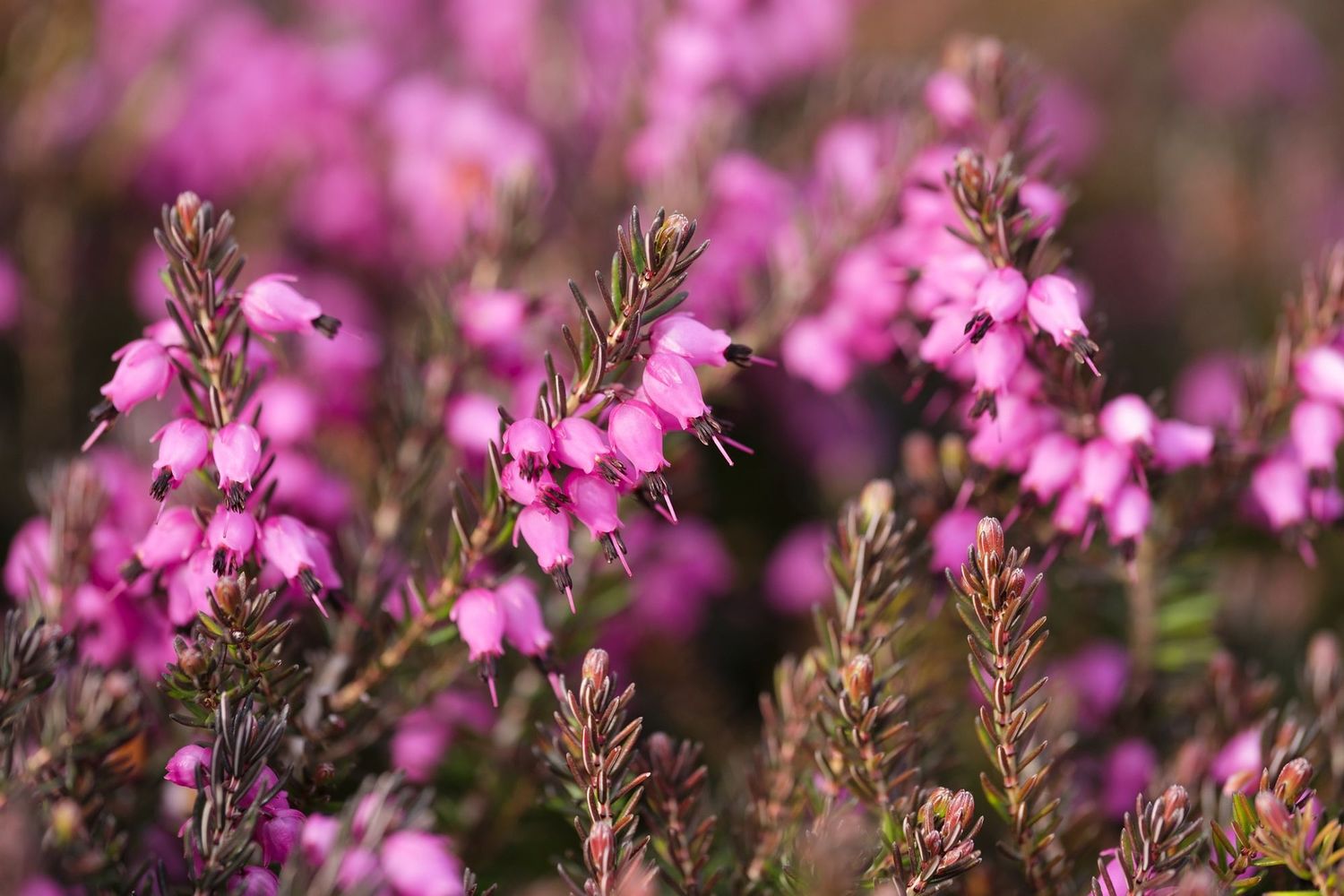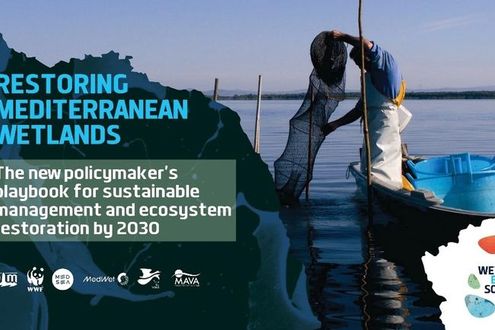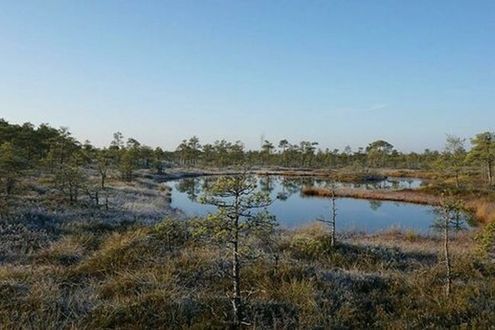The past weeks have revealed that we cannot be assured of our political representatives’ willingness or integrity to address the profound crisis which Europe’s biodiversity is facing. On 20th June, the European Union’s (EU) Council of Environment Ministers narrowly agreed a watered down compromise on the wording of the proposed EU Nature Restoration Law. While, on 27th June, a vote by the influential Environment Committee fell short of majority support for the legislation. The text will nevertheless proceed to a vote of the full Parliament on July 12th, but its key objectives have been weakened by a large number of proposed amendments.
The proposed regulation has attracted a lot of misinformation, opposition and lobbying, mainly from some agricultural, forestry and agri-business interests. It had always been known that its journey would be far from smooth, and fierce lobbying had been expected. A negative reaction was expected from some quarters, but it is unfortunate that this was encouraged by more centralist political parties. It demonstrates a failure to face up to the transformation change Europe needs to confront the existential biodiversity and climate crisis we face.
Modifications had been proposed in response to the varying obligations placed on Member States in terms of the EU Nature Restoration Law’s cost and impact at national level. There are merits in terms of flexibility of implementation and in seeking more accurate estimates of the area of degraded peatland, wetland and other habitat. However, the flexibility which had been proposed, including a weakened obligation to implement actions to prevent the deterioration of habitats, should not become the default alternative to achieving the principal aspiration of the Nature Restoration Law - which is to restore Europe’s biodiversity. Likewise, it is understood by all that, while knowledge of the condition of our key natural habitats condition is incomplete, there is no doubt that significant deterioration is occurring. This again should not become an excuse for maintaining the status-quo rather than ensuring that we set foot on a path to restoration this decade with the intention of going further in those to come.
The value of a NRL and why it must succeed
The EU Nature Restoration Law, as proposed by the European Commission, has the objective of restoring at least 20% of degraded land and sea areas by 2030, with gradually rising targets thereafter. Its objectives appear ambitious, but are commensurate with the biodiversity and climate crisis we are now facing. It is essential that we address and reverse the rapid and accelerating loss of the natural environment along with its precious fauna and flora, which underpins our health, economies and well-being.
Of these ecosystems, wetlands, such as peatlands, can mitigate the effect of climate change through their capacity to store huge volumes of carbon. The process of restoration will preserve this store and reduce the level of greenhouse gas emissions that have resulted from the degradation of this habitat. If successful in returning peatlands to wet condition, restoration can allow peatlands to store and sequester carbon from the atmosphere. They will also be better able to retain water in the landscape, providing for a baseline level of clean water supply in times of drought and reducing the risk of flooding from storm events.
Other wetlands represented in WaterLANDS, such as terrestrial marshes, can similarly retain water and contribute to its natural purification. Saltmarshes store carbon, but also mitigate the effects of coastal storms and coastal erosion while, at the same time, providing a home for many species including nursery habitat for commercial fish species. These wetlands all represent ecosystem based adaptation to deal with the effects of climate change. For this reason, an upscaling of ecological restoration is an essential component of Europe’s Green Deal and Climate Change Strategy. Wetlands can achieve this while also providing food, materials, amenity and tourism benefits for people and essential refuges for biodiversity that is itself threatened by climate change, including such iconic species as the black stork or European lynx.
Across Europe, wetlands have been drained and other habitats converted to the production of food and forestry. Nature restoration will not compromise supplies of timber or food. The targets of the EU Nature Restoration Law could be achieved by returning mostly marginal, unproductive or abandoned land to a more natural state without threatening food security [1]. This will benefit other land uses by providing for enhanced ecosystem services contributing to pollination, soil health, pest control and water supplies. Farmers with less productive land are already supported by direct payments which are increasingly linked to more environmentally sustainable measures following recent revisions of the Common Agricultural Policy. The nature of management may indeed change, but food output will be sustained and has the potential to be of higher quality due to a more symbiotic relationship with nature, rather than through reliance on chemical fertilisers and pesticides. The EU is also developing a policy framework for carbon removal which would support farmers and foresters in return for keeping or sequestering carbon in the ground, although it will be important that this aligns with the Nature Restoration Law and does not compromise biodiversity.
A common position by Member States has been agreed on a revised text for the Nature Restoration Law. After the European Parliament’s plenary vote expected in July, the text will be placed before the ‘Trilogue’ where representatives of the European Commission, Council and the Parliament who will attempt to reach an agreement on the final legislation. This will still need to be accepted by both the Council and Parliament as a whole and it will be vital that this debate is informed by scientific fact. Political courage, honesty and determination are needed of all those with an influence on the regulation’s progress from hereon. We in WaterLANDS will be following the situation as it develops in the coming weeks.
The following WaterLANDS partners contributed to this article:
Craig Bullock, University College Dublin, WaterLANDS Coordinator
Niall O'Brolchain, University of Galway
Elise Vitali, Wetlands International Europe
Jan Peters, Greifswald Mire Centre
Laoise Dillon, ERINN Innovation
[1] Peatlands on agricultural land, as identified by the NRL provision, represent only 3% the total EU agri. See: https://europe.wetlands.org/publications/qa-clarity-peatland-restoration/


